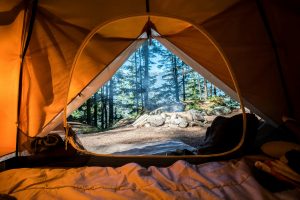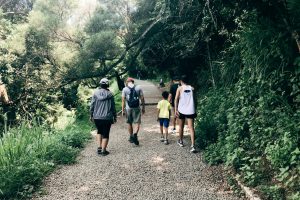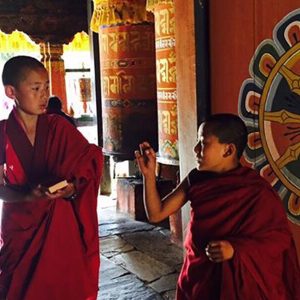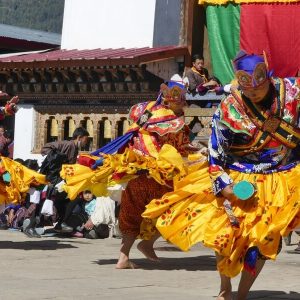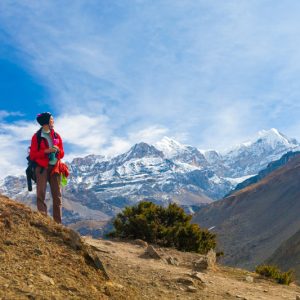Bhutan is often painted in tranquil hues — monasteries perched on clifftops, prayer flags fluttering, gentle hills, and meditative silence. But for adventurers, the Land of the Thunder Dragon hides a fiercer side: raw terrain, punishing altitudes, roaring rivers—and the kind of journeys that stay with you long after your boots are packed away.
If your heart beats for challenge, landscape extremes, adrenaline, and adventure, here are some of Bhutan’s best—and toughest—activities.
Travel Across Bhutan wiIl dive into what you’ll experience, what you’ll need, what to watch out for! Get ready for some thrills!
1. The Snowman Trek: Crossing Into Legend

Difficulté: Extreme
Durée: ~27 days
Altitude Range: 3,000–6,000+ meters
Season: Late summer to autumn (September–October) when passes are most stable.
Why this trek? Because it is Bhutan’s ultimate adventure, often called the toughest trek on earth, and it embodies everything that makes the country unique: altitude, remoteness, and sacred landscapes.
Unlike Everest Base Camp or Annapurna, the Snowman Trek remains far less commercialized, meaning you walk through untouched valleys and meet yak herders who live much as their ancestors did. Here, the challenge isn’t just physical—it’s mental. Every pass conquered is a victory, every night under frozen Himalayan skies a reminder of how raw the Earth can be.
What to Experience:
- You will traverse 13 high passes, many above 5,000 m, deep into the Lunana region.
- Massive glaciers, remote alpine meadows, wildflower blooms (especially rhododendron), jagged ridges, and snowfields.
- Villages that have had minimal external influence—farmhouses, yak herder huts, stone shelters—remote communities where life is measured by the seasons.
- Possibly wildlife like blue sheep, snow leopards or their tracks, marmots, and birds adapted to high elevation.
Challenges You’ll Face:
- Extreme altitude—risk of altitude sickness; you’ll need careful acclimatization.
- Harsh weather: sudden snow, storms, cold nights. Trails will cross glaciers and moraines; sometimes steep ascents and risky crossings.
- Very remote terrain: long distances between camps, limited rescue options, carrying everything needed through challenging terrain.
- Physical endurance: 6–8+ hours per day at altitude, with steep upward and downward sections.
Conseils:
- Train beforehand: cardio, load-bearing hikes, exposure to altitude if possible.
- Bring gear suited for all conditions: thermal layers, waterproofs, good boots, trekking poles.
- Travel light but smart: gear that’s functional; food and fuel for high altitude.
- Go with experienced guides who know the territory, not just the route but weather patterns, where shelters are, emergency protocols.
If this sounds like you, the Ultimate Himalayan Adventure – The Snowman Trek in Bhutan is exactly the tour to take. It is built for seasoned trekkers who want the toughest, purest Himalayan adventure.
2. Multi-Sport Adventure: Blend of Adrenaline & Cultural Immersion
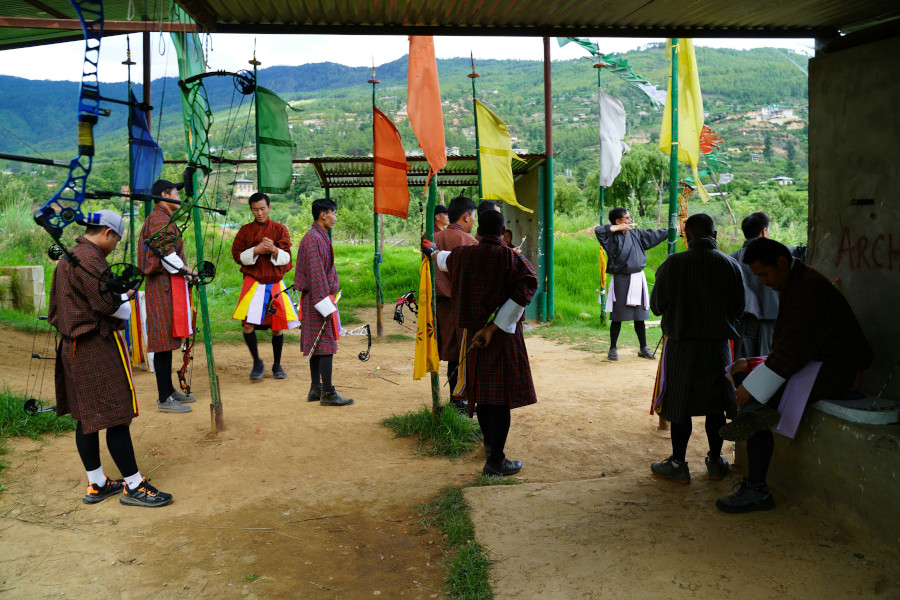
Difficulté: Moderate to Hard (mix of cycling, rafting, hiking)
Durée: 7–12 days (depending on itinerary)
Season: Spring (March–May) & Autumn (September–November)
Some adventurers want variety: a taste of the rivers, the mountains, the forests—all in one trip.
Bhutan’s multi-sport adventure blends cycling, rafting, hiking, and archery into a seamless journey that’s as much about adrenaline as it is about immersion in local life.
What to See & Do:
- Cycle through mountain passes like Dochula (~3,100 m) with panoramic Himalayan views, descend into subtropical valleys with rice terraces, forested ridges.
- Hikes through forest, crossing rivers, ascent to viewpoints like Tango Monastery or Khamsum Yulley Namgyal Chorten, where views sweep over winding valleys and distant peaks.
- White-water rafting on Mo Chhu or Po Chhu: rapids class II–III, flowing through gorges, past forested banks; the sound, the spray, the tension of maneuvering through waves.
- Traditional archery with locals; staying in homestays or remote villages; enjoying local food; walking trails where wildflowers, birds, maybe even wildlife of lower altitudes show up.
Challenges:
- Varied terrain: some days easy, others quite taxing. The transitions between activities mean your muscles, balance, endurance are tested in different ways.
- Weather changes: cold mornings, rain in valleys, sun at altitude. UV exposure.
- River conditions: rafting depends on water level; during certain seasons rivers may swell or get hazardous.
Conseils:
- Build in rest days or lighter days so that you don’t burn out across the trip.
- Gear: good bike, rafting gear (or rely on provided gear but check quality), hiking boots, layered clothing.
- Be ready mentally for mixed pace: some days pushing hard, others more relaxed but still immersed.
To get this kind of varied, high-engagement adventure with excellent support and scheduling, check out our Aventure multisports au Bhoutan tour. That itinerary includes cycling, rafing, hiking & culture in one trip!
3. Trekking Through Bhutan’s Wilderness (Off the Beaten Path)
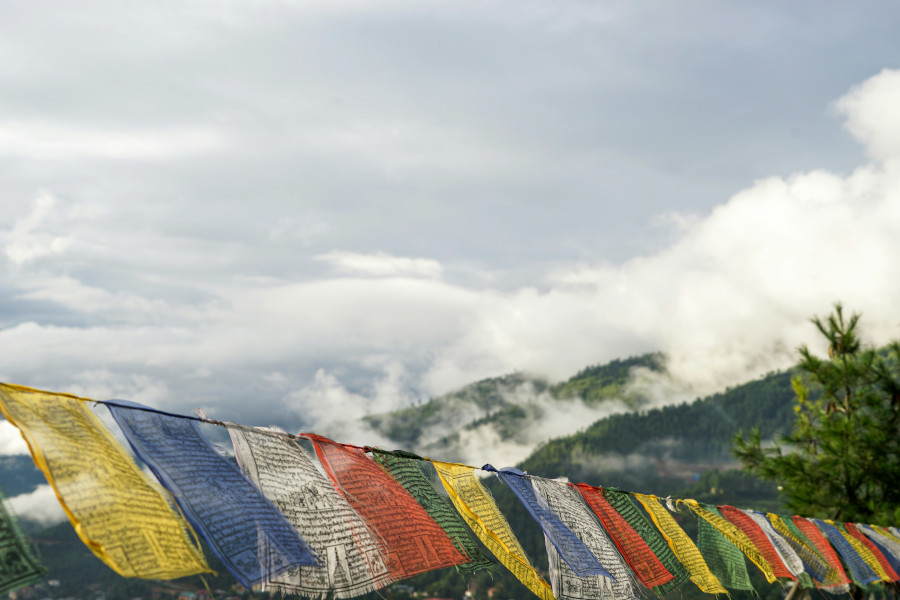
Difficulté: Moderate to Hard
Durée: ~10-12 days (depending on the route)
Altitude: 1,500–4,000m
Season: Spring, autumn; sometimes winter for lower-altitude sections.
Not ready for the brutality of the Snowman? Bhutan’s wilderness treks are shorter but still push you into unspoiled valleys and ridges where few tourists venture. These exciting journeys balance effort with immersion—ideal for adventurers who want remoteness but not extreme altitude.
What You’ll Discover:
- Deep forests of fir, juniper, rhododendron, bamboo; birdlife and forest ambiance; seasonal flore.
- Mountain villages rarely visited by large tourist groups; suspension and iron-chain bridges; old temples and Dzongs perched above valleys; rivers and waterfalls.
- Ridge hikes and meadows (e.g. Meri Phuensum hike) with panoramic vistas: peaks like Jomolhari, Juchu Drakey, Dagala range.
Challenges:
- Some sections climb steeply; trail surfaces can vary: well walked paths, muddy patches, rocky ascents, river crossings.
- Altitude gains; though not extreme, still enough to cause breathlessness or mild altitude issues.
- Less infrastructure: lodging might be more basic; fewer options to bail out mid-trek.
Conseils:
- Train legs: hills, stairs, carrying a backpack.
- Footwear & gear: waterproof hiking boots, gaiters, light but warm gear.
- Be flexible: weather, trail closures, village hospitality can shift schedules.
If you want a wilderness trek that balances challenge but remains accessible, the Randonnée dans la nature sauvage du Bhoutan tour is ideal. It takes you through remote valleys, ridge hikes, moderate elevation gains, with culture and nature in balance.
4. White-Water Rafting & Canyoning
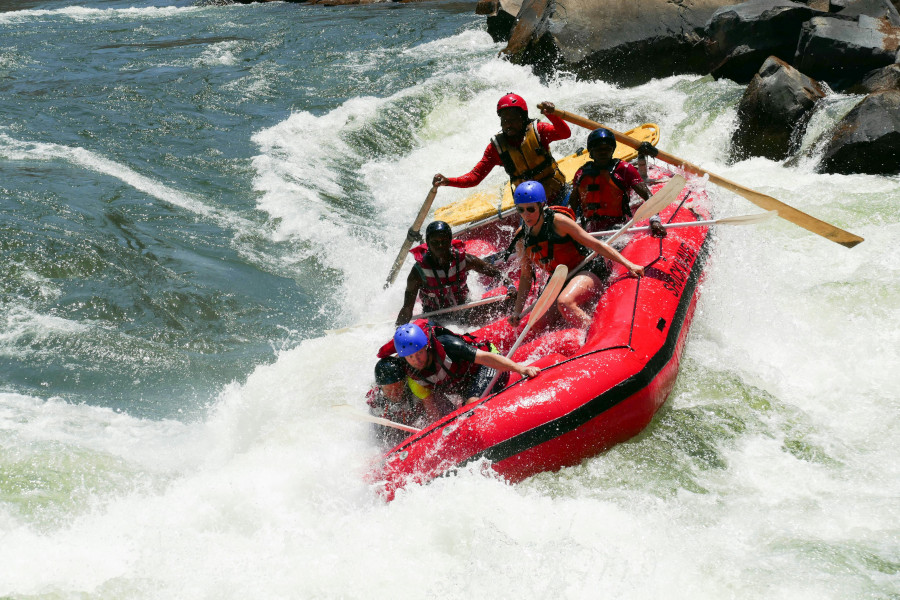
Difficulté: Moderate to High (depends on river class & canyon routes)
Durée: Half-day to 2 days (rafting trips are often day-long; canyoning may extend over several days in remote gorges)
Season: Spring & Autumn (best water levels; monsoon only for advanced adventurers)
What makes rafting in Bhutan different from anywhere else in the Himalayas is the setting. Imagine navigating Class II–IV rapids while centuries-old dzongs (fortresses) watch from hilltops, prayer flags flutter over suspension bridges, and Himalayan peaks crown the horizon.
Le Pho Chhu and Mo Chhu rivers in Punakha are the most popular, with the Pho Chhu offering tougher rapids and the Mo Chhu being a gentler but still exhilarating ride. Unlike Nepal’s wide rivers, Bhutan’s runs are narrower, more intimate, and spiritually charged.
What to Experience:
- Rafting: On the Mo Chhu and Po Chhu rivers, Class II–III rapids deliver a mix of thrill and accessibility. You’ll paddle past suspension bridges, forested banks, and villages that seem suspended in time, feeling the spray on your face as you charge through waves.
- Canyoning: In steeper valleys, narrow gorges conceal waterfalls and chutes where adventurers rappel down cliffs, slide along rock flumes, and plunge into deep pools. Unlike rafting, canyoning is intimate—body against rock, rope, and rushing water.
- Seasonal drama: In monsoon, rivers swell with ferocity; in dry months, crystal-clear streams invite precise canyon descents.
Challenges:
- River conditions shift fast: too low, and rafting loses its push; too high, and it can become dangerous.
- Canyoning requires both rope skills and water confidence—slippery surfaces and sudden drops test agility and nerve.
- Cold water at altitude adds an extra edge to endurance.
Conseils:
- Always go with certified guides—rapids and canyons are powerful, unpredictable.
- Wetsuits or dry layers are essential for canyoning; rafting gear is usually provided, but check quality.
- Best seasons: spring and autumn for balanced water levels, monsoon only for the truly daring.
5. High-Altitude Flights & Paragliding / Aerial Views
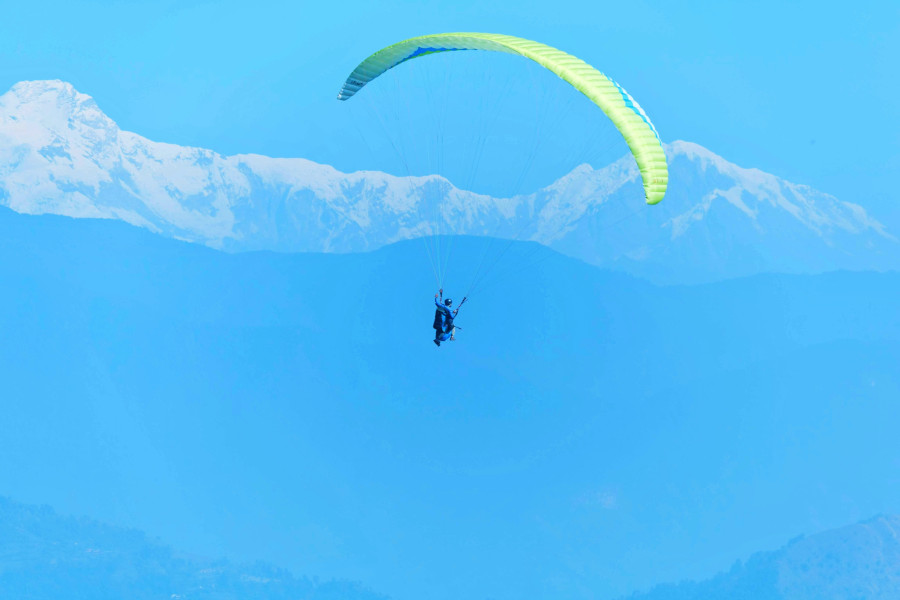
Difficulté: Moderate (for passengers; high skill required for pilots)
Durée: 20–40 minutes per flight
Season: Autumn (Sept–Nov) for clearest skies; Spring (Mar–May) also good
Paragliding is still an emerging sport in Bhutan, but in Paro Valley, it’s gaining traction among thrill seekers.
The uniqueness here lies in perspective: few countries let you glide over ancient monasteries, terraced fields, and rivers that have shaped history for centuries. Launch points are usually above Paro town, offering flights with views of Paro Dzong, forested ridges, and, on clear days, even snow-capped Himalayan giants. It’s not mass tourism yet—so flights are exclusive, raw, and utterly memorable.
What’s Special:
- Soaring above Paro Valley, seeing the layout of dzongs, fields, rivers, folding ridges from above.
- The drama of cliffs, distant snow-peaks, forests cascading down valley sides; sometimes clouds below you, sometimes clear air.
Challenges:
- Weather & wind conditions critical: mornings or late afternoons are best; turbulence possible.
- Requires good weather windows; pilots with experience of local topography.
- Physical discomfort: cold at altitude, sun exposure; if prone to motion issues.
Conseils:
- Dress warmly in layers; it’s significantly colder at altitude.
- Sunglasses are essential—glare above the clouds can be intense.
- Bring a camera with a strap (or phone with secure grip) for aerial photos.
- Book early, as flights are limited and weather-dependent.
- Choose morning flights for calmer conditions and clearer views.
- Be flexible: flights may be delayed or rescheduled due to shifting winds.
6. Mountain Biking & Tough Road / Off-road Cycling
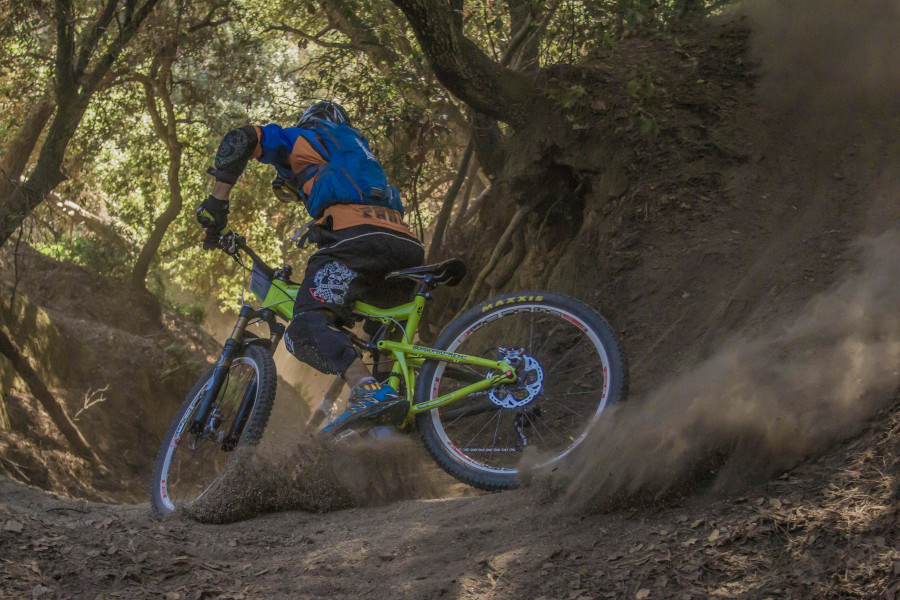
Difficulté: Moderate to Hard (depends on routes & altitude)
Durée: 1 day to 2 weeks (short rides possible; longer expeditions link valleys & passes)
Season: March–May & Sept–Nov (dry roads, stable weather)
Cycling in Bhutan isn’t just about testing your quads—it’s about pedaling through landscapes where altitude, culture, and nature intersect.
One moment you’re grinding up a high-altitude pass like Dochula (3,100m), lungs burning, and the next you’re gliding downhill past fluttering prayer flags, forested ridges, and hidden hamlets. Few places on Earth let you switch from alpine scenery to subtropical valleys in a single day’s ride. It’s not just exercise; it’s a moving meditation with a serious adrenaline kick.
What you’ll get:
- Long climbs up passes like Chele La (~3,988m), ascents through forested zones, spectacular ridgelines.
- Descents through switchbacks, road surfaces that change from smooth pavement to gravel & rocky paths.
- Riding through remote valleys, stopping in villages, seeing rice terraces, local life.
Challenges:
- Fatigue from long climbs; risk of altitude; risk of rough surfaces, punctures, mechanical failure.
- Weather: wet roads, slippery gravel, potential for landslides in monsoon.
Conseils:
- Bring a good mountain bike, spares, repair kit.
- Stay hydrated; know where to get parts or assistance.
7. Rock and Ice Climbing
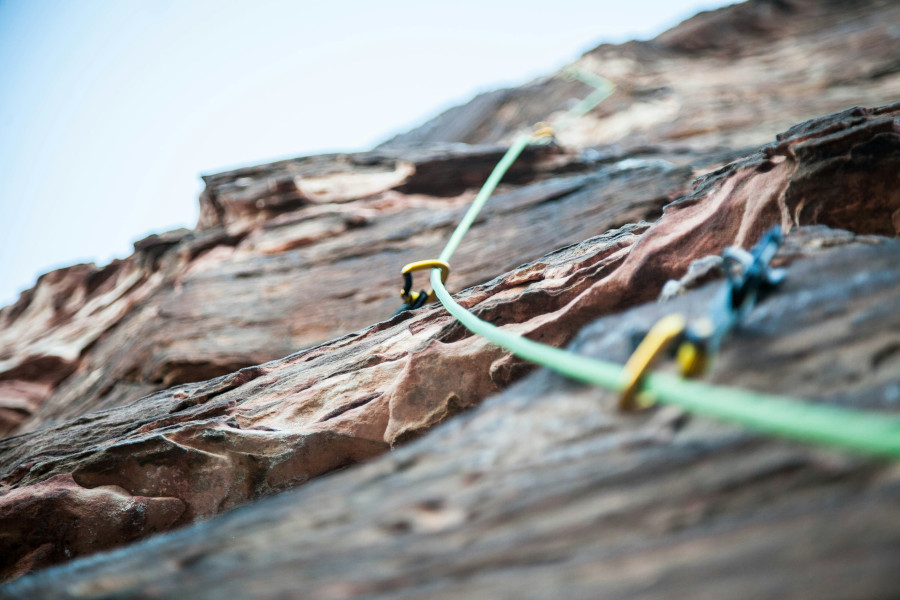
Difficulté: Moderate to Extreme (routes from beginner rock to technical ice)
Durée: Half-day to multi-day (ice routes may require multi-day access treks)
Season: Rock climbing year-round (best in spring & autumn); Ice climbing Dec–Feb
Bhutan’s mountains aren’t just for trekking—they’re also for scaling.
While most adventurers head to trails, a growing number are strapping on harnesses and ropes to test themselves on granite cliffs and frozen waterfalls. This is adventure distilled: raw, vertical, and elemental.
What to Experience:
- Rock climbing near Thimphu: “The Nose” crag offers 13 bolted routes, ranging from beginner slabs to finger-splitting overhangs, with sweeping valley views.
- Ice climbing in winter: Frozen waterfalls in higher valleys (Thimphu outskirts, Paro’s alpine ridges, and remote Lunana) transform into glittering walls of ice, where crampons bite and axes swing.
- Immersion in a pioneering scene: Bhutan is still in the early days of climbing—meaning fewer crowds, more intimacy with nature, and the feeling of breaking ground where few have climbed before.
Challenges:
- Rock: Sharp granite strains tendons; high altitude makes endurance harder.
- Ice: Requires technical skill—ice screws, crampons, cold tolerance; weather windows are short.
- Rapid weather shifts: clear mornings can quickly turn into mist or snow.
- Remote logistics: accessing ice routes often means hiking in with gear.
Conseils:
- Always go with local or specialist operators who know the routes and conditions.
- For rock: bring personal gear (shoes, chalk, tape) as local supplies are basic.
- For ice: technical kit (axes, crampons, helmets) should be high quality; dress for bitter cold.
- Combine with cultural stops—climb in the morning, explore monasteries in the afternoon.
8. Bungee Jumping
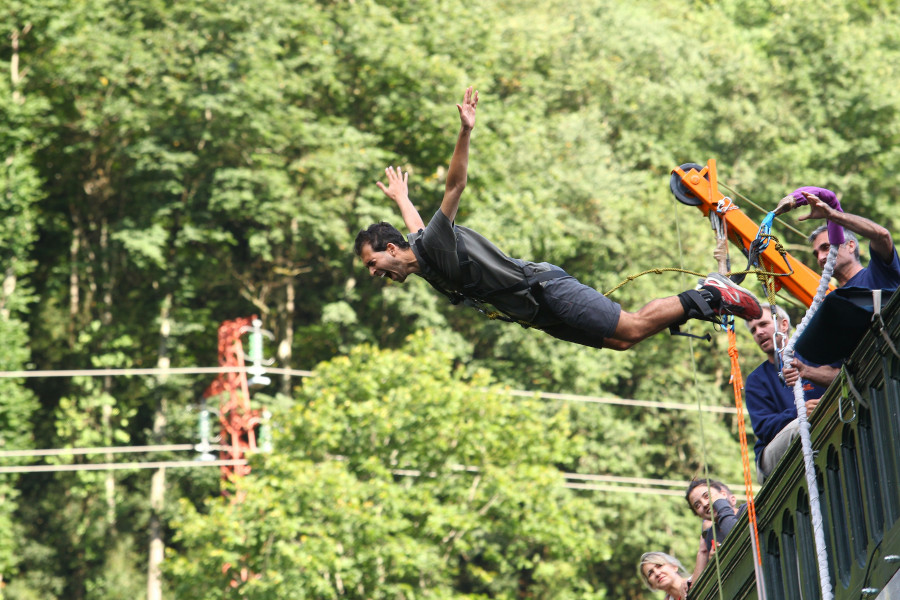
Difficulté: Mental challenge more than physical
Durée: Seconds of freefall + recovery; allow half a day including prep
Season: Year-round (weather-dependent; dry days safest)
If you’re chasing the ultimate adrenaline hit, few things compare to bungee jumping in Bhutan.
Imagine standing on a steel suspension bridge stretched high above a roaring river gorge, mountains looming all around, wind rushing across your face. The build-up is as intense as the drop itself: a heart-pounding plunge that ends with euphoria and views that make you feel reborn.
What to Experience:
- Leap into wild scenery: cliffs draped in forest, white rivers frothing below.
- Jump platforms are carefully chosen for natural drama—deep gorges and echoing canyons.
- A visceral adrenaline rush followed by a sense of calm and awe as you swing above Himalayan landscapes.
Challenges:
- Overcoming the mental barrier of letting go—it’s a battle between mind and body.
- Following strict safety checks and procedures (absolutely non-negotiable).
- Weather and wind conditions may delay jumps.
Conseils:
- Book ahead—slots are limited, especially in peak tourist seasons.
- Wear comfortable, secure clothing; avoid anything loose that could tangle.
- Don’t eat heavily right before the jump.
- Opt for the video/photo package—it’s not just proof, it’s a core memory.
9. Wild Food & Foraging Adventures

Difficulté: Easy to Moderate (depends on terrain)
Durée: Half-day to 2 days
Season: Varies by species—matsutake mushrooms Aug–Sept, ferns & herbs in spring, wild berries in summer
Adventure in Bhutan doesn’t only mean cliffs and rivers—it can also mean venturing into its pristine forests in search of food.
Wild foraging combines trekking with culinary exploration. Alongside local experts, you’ll identify edible ferns, mushrooms, herbs, and berries—learning which are prized for medicine, which for flavor, and which for seasonal feasts. The jewel of this adventure? The chance to cook what you’ve gathered, perhaps over a campfire, with recipes rooted in Bhutanese tradition.
What to Experience:
- Hunt for matsutake mushrooms (a delicacy fetching high prices worldwide), fiddlehead ferns, and aromatic herbs.
- Learn about Bhutan’s philosophy of sustainable harvesting and its ties to Buddhist respect for nature.
- Prepare a simple forest-to-table meal—grilled mushrooms, spiced ferns, herbal teas.
- Experience a slower, mindful form of adventure: patience, observation, listening to guides.
Challenges:
- Identifying edible vs. toxic species—Bhutan’s forests are rich but demand caution.
- Physical endurance—long walks, uneven trails, humid forest floors.
- Insects, leeches, and muddy conditions, especially in monsoon season.
Conseils:
- Always forage with skilled locals; never attempt alone.
- Bring repellent, long sleeves, and sturdy shoes.
- Carry a basket or cloth bag—plastic bags sweat and damage delicate mushrooms.
- Respect the environment: harvest sparingly to ensure regrowth for future generations.
10. Helicopter & Hot-Air Balloon Rides
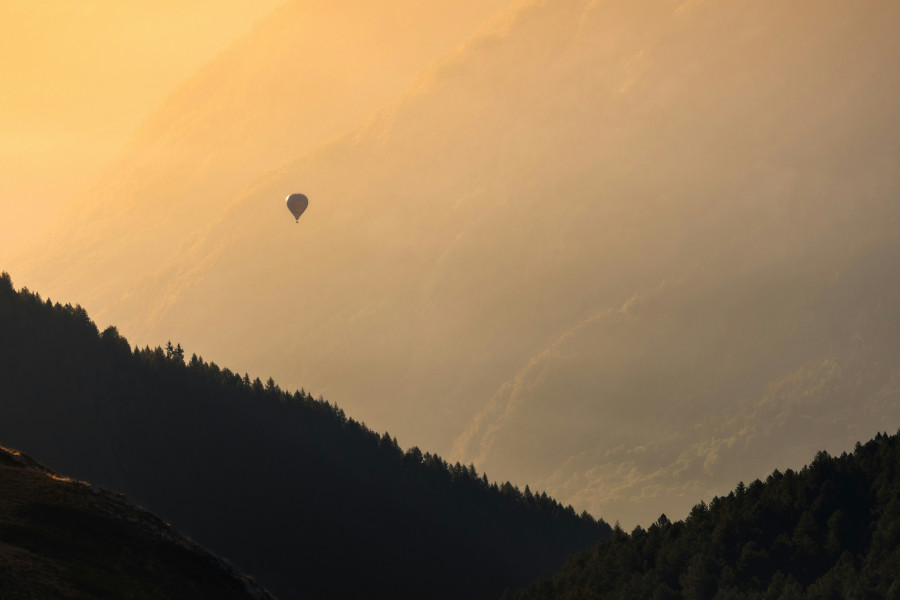
Difficulté: Easy (adventure with minimal physical effort)
Durée: 15 minutes to 1 hour (helicopter); ~45 minutes (balloon)
Season: Year-round, but clearest skies in autumn (Sept–Nov) and spring (Mar–May)
Not all adventures in Bhutan require harnesses or rapids—some take you to the skies.
Helicopter tours and hot-air balloon rides reveal the kingdom’s valleys, temples, and Himalayan peaks from a breathtaking new perspective. Floating silently over forests or soaring past snowcaps offers a gentler thrill, but one just as unforgettable as any ground adventure.
What to Experience:
- Helicopter flights: Skim above valleys like Paro or Bumthang, watching dzongs rise like fortresses and rivers carve through deep gorges. On clear days, flights reveal the sheer scale of peaks like Jomolhari or Gangkar Puensum. Some itineraries even drop you into remote trekking zones, transforming days of effort into minutes of air travel.
- Hot-air balloons: At dawn, float silently over Punakha or Bumthang valleys. Mist curls off rice fields, dzongs glow in golden light, and prayer flags wave far below. Unlike helicopters, balloons drift with the wind, offering a meditative adventure where time slows and every angle is a surprise.
Challenges:
- Weather is unpredictable: strong winds, sudden fog, or shifting clouds can alter routes or cut rides short.
- Balloons demand a certain calm mindset—there’s no steering, only drifting, which tests patience and trust in the elements.
- Thin air at altitude means colder conditions aloft—endurance against chill and sun exposure adds to the experience.
Conseils:
- Choose early morning flights for the best visibility and calmer winds.
- Dress in warm layers—temperatures can drop quickly in open air.
- Bring a camera with a wide-angle lens—this is your chance to capture Bhutan from a perspective few ever see.
Final Thoughts & Advice for Adventurers
- Fitness & Preparation: even for “moderate” adventures, good conditioning matters. Day hikes, uphill walking, carrying your pack will build resilience.
- Gear: appropriate footwear, layered warm clothing, waterproof gear, sun protection, good backpacking essentials.
- Mental Preparedness: remote travel = unpredictability. Be ready for delays, weather shifts, basic accommodations.
- Local Guides: essential—not just to keep you safe, but so you can access less-known paths, understand culture, connect more deeply.
- Timing: autumn (September–October) and spring (April–May) are prime for treks; water levels for rafting best during certain months; avoid monsoon heavy periods unless you want extra challenge.
What really makes adventures in Bhutan special is this juxtaposition: after days of climbing, crossing passes or rafting, you may spend evenings in monasteries, homestays, witnessing prayer flags, monks chanting, yak herders returning, stars overhead unspoiled by city lights. The quiet moments are the payoff.
À Voyager à travers le Bhoutan, we specialize in creating journeys that balance both—whether you’re chasing rapids, summiting passes, or gliding silently in a hot-air balloon. Every trip is tailor-made, combining adventure with cultural immersion, local expertise, and safe guidance.
Ready to design your own adventure? Start with our custom tours or browse all our tours to find inspiration. Your Bhutan adventure begins here!

